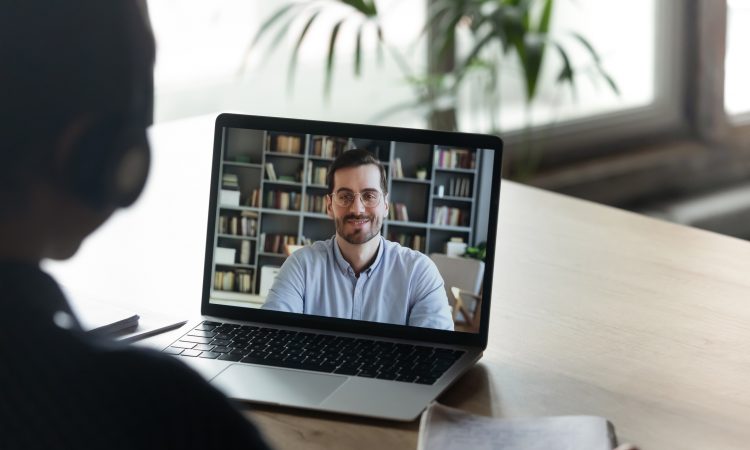COVID-19 has altered the way we provide career development services. In an instant the field pivoted from face-to-face delivery and its familiar rhythm and cues to online delivery using new communication and connection technologies. For many in the field, this meant a quick lesson in Zoom and the transposition of face-to-face learning and counselling materials into digital formats to share with clients. While this was the natural step to take, now months into our practice shift, you may be wondering if you can reshape your remote online delivery to expand the way you practice and offer different service models to your clients.
I’ve had an interest in the use of online delivery within career services for nearly two decades piloting online career programs, training and supervising online career practitioners, and conducting research projects to learn more about what works. Through my experience and based on published research, we know it is possible to build strong working alliances with clients and to support their career learning through blended technologies. However, to achieve this, we need to think about our practice differently. If we simply try to take familiar in-person materials and “put them online,” we will likely stumble to achieve the outcomes we desire and could very likely burn ourselves out in the process.
So how can we think differently? In my PhD research, two equally important facets for developing and delivering effective and engaging online career learning emerged. The first centred around the design of interventions and the second was practice approaches used throughout the intervention. Let’s look a little closer at these concepts and how they apply to career learning.
Design
When we think from a design perspective, we are looking at the intentional interactions we have with our clients and are considering how to create a space for these interactions to occur online by using information and communication technologies. Practising online provides opportunity to combine synchronous communication (i.e. web meetings, phone calls and instant chat) with asynchronous communication (i.e. emails, surveys, completing and sharing of activities/worksheets). While synchronous communication is the most familiar way to interact with clients, the value of integrating asynchronous tools allows clients time for reflection and to write out thoughts, which can help to clarify their thinking. Below are questions to ask to help you move your design thinking forward:
- What am I here to do with my clients? What learning and development goals are we working toward?
- What content do I want to share related to the learning and development goals?
- What technologies do I/can I have access to? What are the different ways I can share information and communicate with my clients using technology?
- What kinds of interaction will I build into the delivery? How frequently will I connect with my clients? Will I have set up opportunities for clients to interact together?
- How will I blend of the use of synchronous and asynchronous communication?
- How will I structure and sequence the experience?
- How will I know if my design is effective?
Practice
Moving our communications and work with clients online requires that we re-examine the ways we practice. While we rely on the skills we have from our face-to-face experience, distance does change the immediacy and the cues we can see and feel from our clients. We need to find new ways to recognize, connect, build trust and co-create with clients. When connecting through synchronous tools, making yourself visible through your camera, having a consistent structure and rhythm to your greetings and goodbyes, and preparing, sharing and following a transparent agenda that your client can see are all strategies that will help you build trust. When you work asynchronously with a client (e.g. by email), be sure to re-read your full dialogue and reflect on recent conversations you’ve had before you respond. When you do respond, integrate references to past exchanges so your client knows you remember them and that their story matters. Below are some questions that can help you focus on enhancing your online practice:
- How do I set up and establish an agreement with my client regarding the nature, scope and expectations of online career services?
- How do I make myself present to my clients and let them know I “see” them?
- What can I do to build trust and develop a strong working alliance?
- How do I maintain contact and engage clients in services?
- How do I demonstrate active listening in synchronous and asynchronous communication?
- How to I decide on which communication tool at what stage of service with specific clients at specific moments?
As we take on new roles and practice approaches, remember that our purpose remains the same; to support and co-create career and employment solutions with our clients. The career development field has a significant role to play to support individuals through the changing economic times. As a practitioner, you have adapted and will continue to innovate in your practice as we strive to create sustainable blended services.




